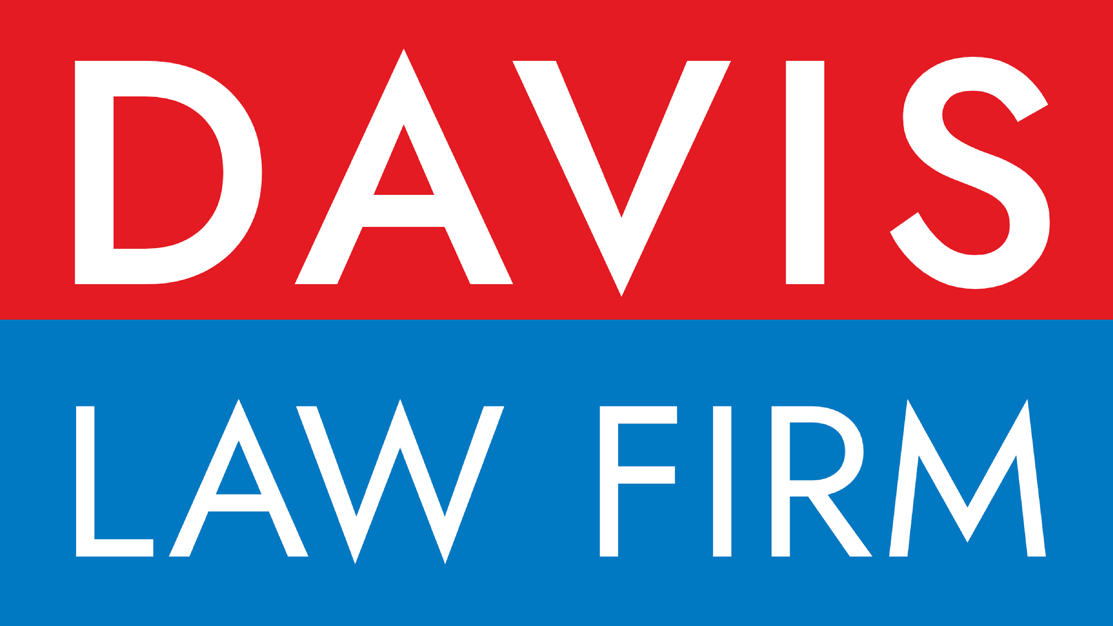You work hard for your paycheck. When a wage garnishment threatens to leave you with only a portion of it, know that you have options, but you need to act quickly.
Request credit reports
While dealing with wage garnishment can be stressful, having your wages withheld for a debt you don’t rightfully owe is even worse. Incorrect credit reporting is unfortunately rather common, so be sure to thoroughly review all of your credit reports. You can order these reports once a year for free from each of the three major credit reporting agencies. If you suspect an error on any of these reports, you can file a dispute, which may help you avoid wage garnishment entirely if the dispute is found to be valid.
Try to negotiate
If you have the means to put money toward the debt owed, it may be worth trying to negotiate a payment arrangement with the creditor. However, unless you are willing to make payments greater than 25 percent of your net pay—the maximum amount allowed to be garnished for most unsecured debts—the creditor is unlikely to accept your offer. A wage garnishment judgment can be costly and time-consuming for a creditor to obtain and for you to appeal, so reaching a payment agreement early on, if at all possible, is recommended.
File for bankruptcy
When you file for bankruptcy, an automatic stay immediately goes into effect. This prohibits creditors from taking any further collection actions against you. In addition to stopping wage garnishment, an automatic stay can prevent an IRS tax levy or lien, eviction and home foreclosure. While filing for bankruptcy may be able to provide certain types of protection, you should always first consult a San Antonio bankruptcy attorney to help determine if bankruptcy is your best option.
